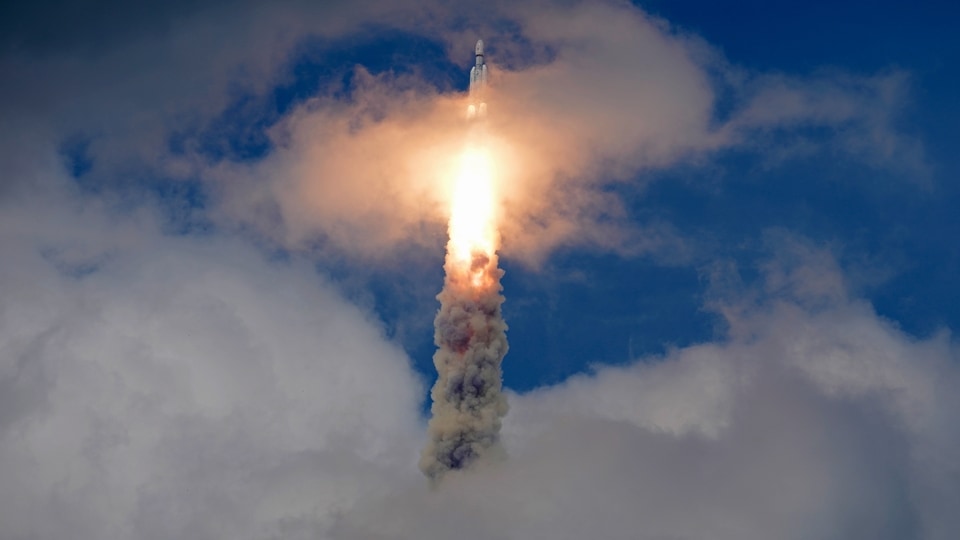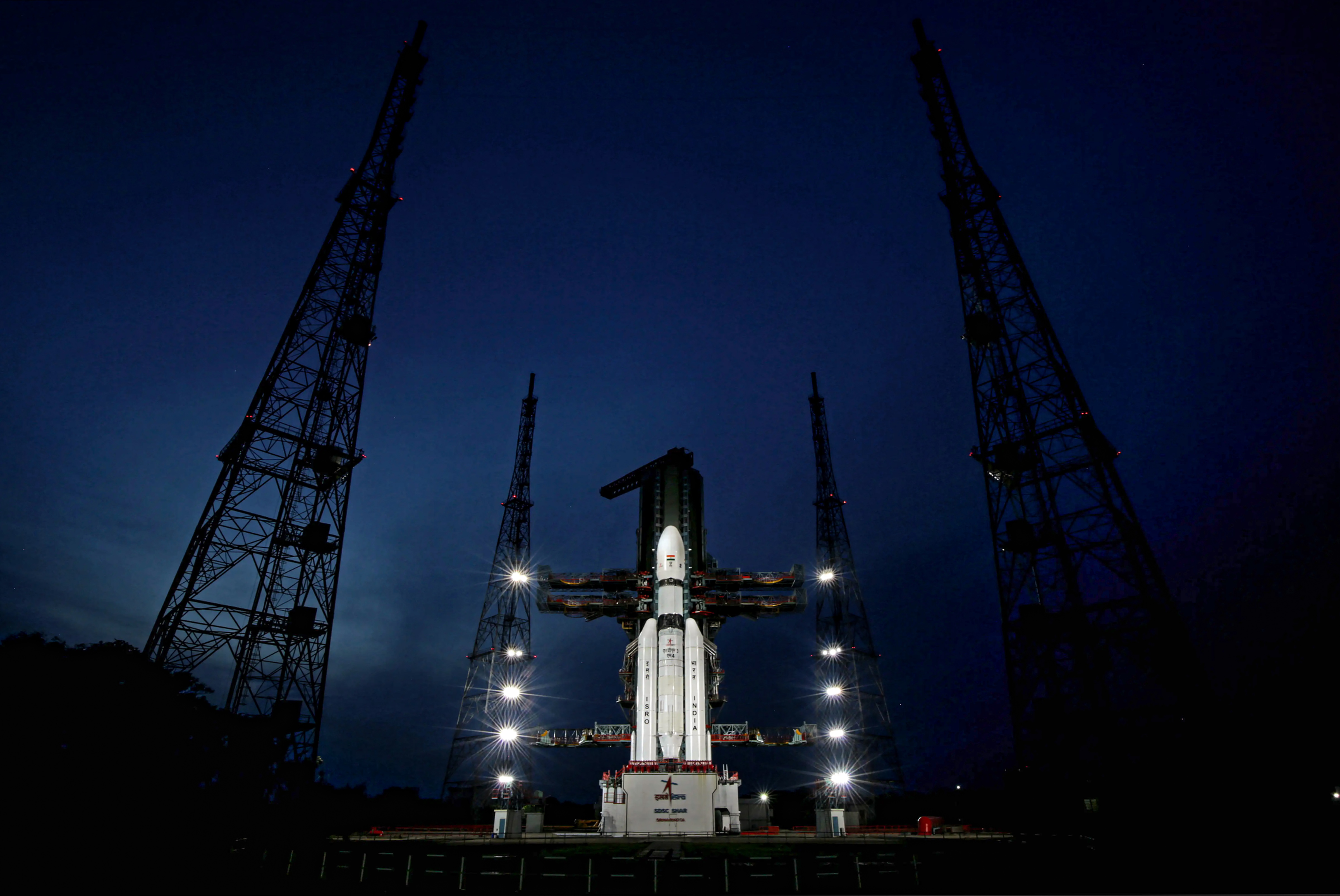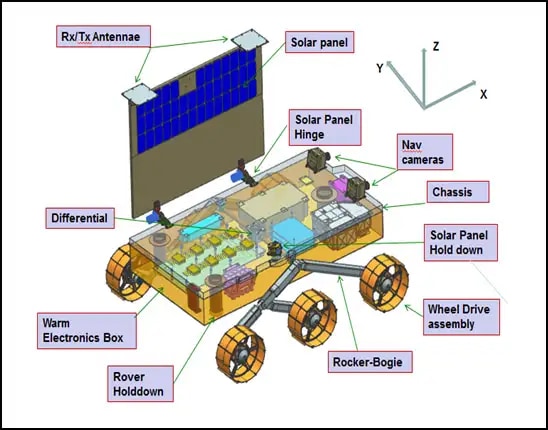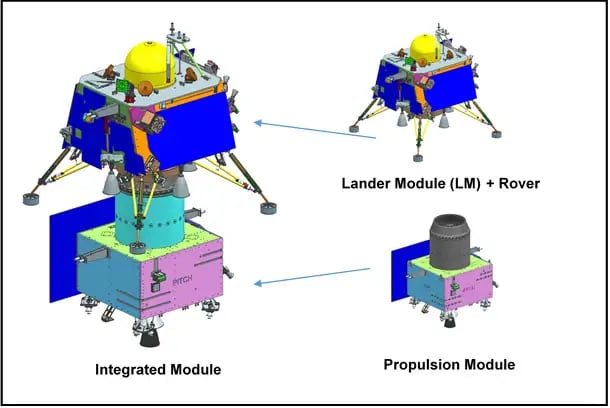After the Moon, the Sun - Get up close and personal with ISRO's Aditya L1 spacecraft
ISRO spacecraft Aditya L1's mission is to uncover insights into various solar activities and their impact on space weather.






 View all Images
View all ImagesIndia has achieved a significant milestone in space and technology, successfully landing the Chandrayaan-3 lander and rover on the Moon's South Pole. Now, the Indian Space Research Organisation (ISRO) is embarking on a new venture, this time directed towards the Sun. ISRO is preparing to launch its maiden space-based solar observatory spacecraft, known as the Aditya L1 mission. This ambitious project aims to uncover insights into various solar activities and their impact on space weather, enhancing our understanding of the Sun's behavior.
Aditya L1 mission
The Aditya L1 mission will mark India's first-ever space-based initiative to study the Sun. Positioned in a halo orbit around the Lagrange point 1 (L1) of the Sun-Earth system, approximately 1.5 million km from Earth, the spacecraft will continuously observe the Sun without any disruptions due to occultation or eclipses. This unique vantage point at L1 offers a distinct advantage for real-time monitoring of solar activities and their effects on space weather. Equipped with seven payloads, the spacecraft will observe the photosphere, chromosphere, and the Sun's outermost layers (corona) using electromagnetic, particle, and magnetic field detectors.
Among these payloads, four will directly observe the Sun, while the remaining three will conduct in-situ studies of particles and fields at the Lagrange Point L1. This approach provides crucial scientific insights into the propagation of solar dynamics within the interplanetary medium. The information gathered by Aditya L1's payloads will play a pivotal role in understanding key issues such as coronal heating, coronal mass ejections, pre-flare and flare activities, the dynamics of space weather, and the propagation of particles and fields. As ISRO states, there are 9 major science objectives of Aditya L1. Check them out below:
Aditya L1 Science Objectives:
1-Study of Solar upper atmospheric (chromosphere and corona) dynamics.
2-Study of chromospheric and coronal heating, physics of the partially ionized plasma, initiation of the coronal mass ejections, and flares
3-Observe the in-situ particle and plasma environment providing data for the study of particle dynamics from the Sun.
4-Physics of solar corona and its heating mechanism.
5-Diagnostics of the coronal and coronal loops plasma: Temperature, velocity and density.
6-Development, dynamics, and origin of CMEs.
7-Identify the sequence of processes that occur at multiple layers (chromosphere, base, and extended corona) which eventually leads to solar eruptive events.
8-Magnetic field topology and magnetic field measurements in the solar corona.
9-Drivers for space weather (origin, composition, and dynamics of solar wind.
With all these objectives, Aditya L1 is all set for an adventurous take-off on September 2, 2023.
Catch all the Latest Tech News, Mobile News, Laptop News, Gaming news, Wearables News , How To News, also keep up with us on Whatsapp channel,Twitter, Facebook, Google News, and Instagram. For our latest videos, subscribe to our YouTube channel.






























